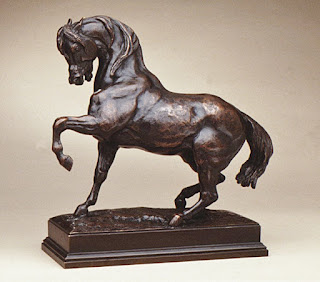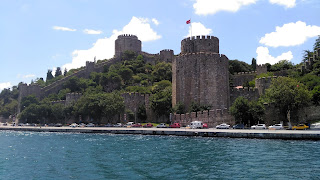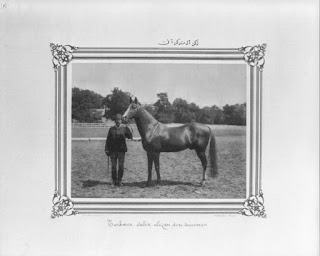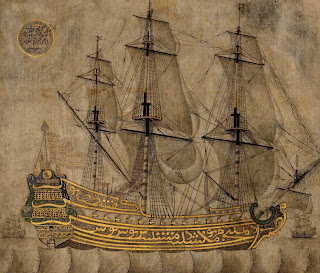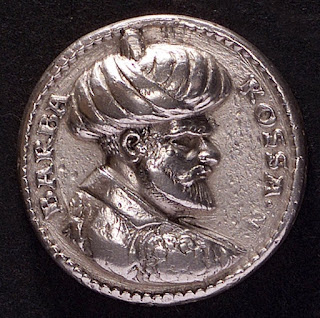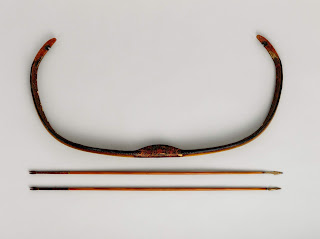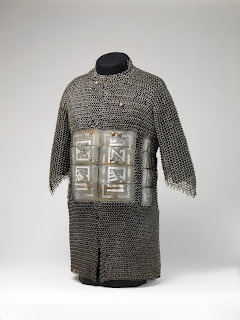Turkish Yatagan "Yatağan" with Scabbard, 1802-1803

Yatagan with Scabbard Turkish Yatagan with Scabbard (Yatağan ve Kın), dated 1802-1803. Made of Steel, silver, gold and coral; Length 73,7 cm. Weight 737,1 g. The Yatagan or Yataghan is a type of Turkish short saber which differentiate by a single-edged blade that curves slightly inward and by a hilt with no guard and two flared wings at the pommel. Yatağan ile Kını Türk Yatağanı ve kını, 1802-1803 tarihli. Çelik, gümüş, altın ve mercandan yapılmış; Uzunluk 74,3 cm. Ağılık 737,1 gr. Yatağan hafif içe kıvrımlı ve tek tarafı keskin yalımı, balçaksız kabzası ve iki kulaklı topuzu ile ayırt edilen kısa bir Türk kılıç türdür.



